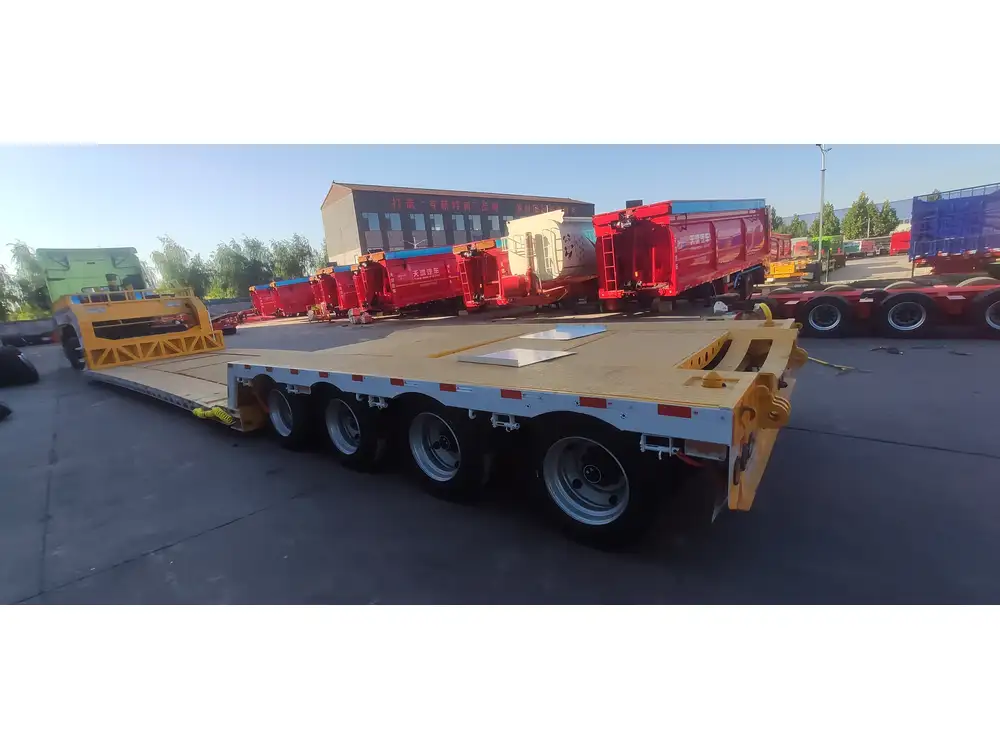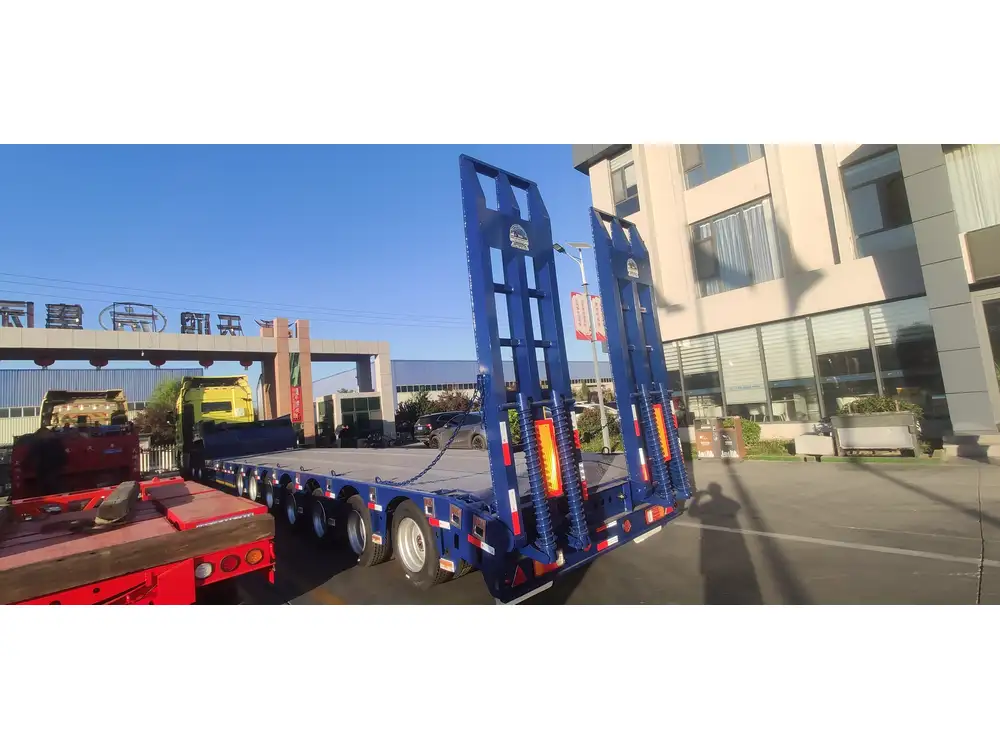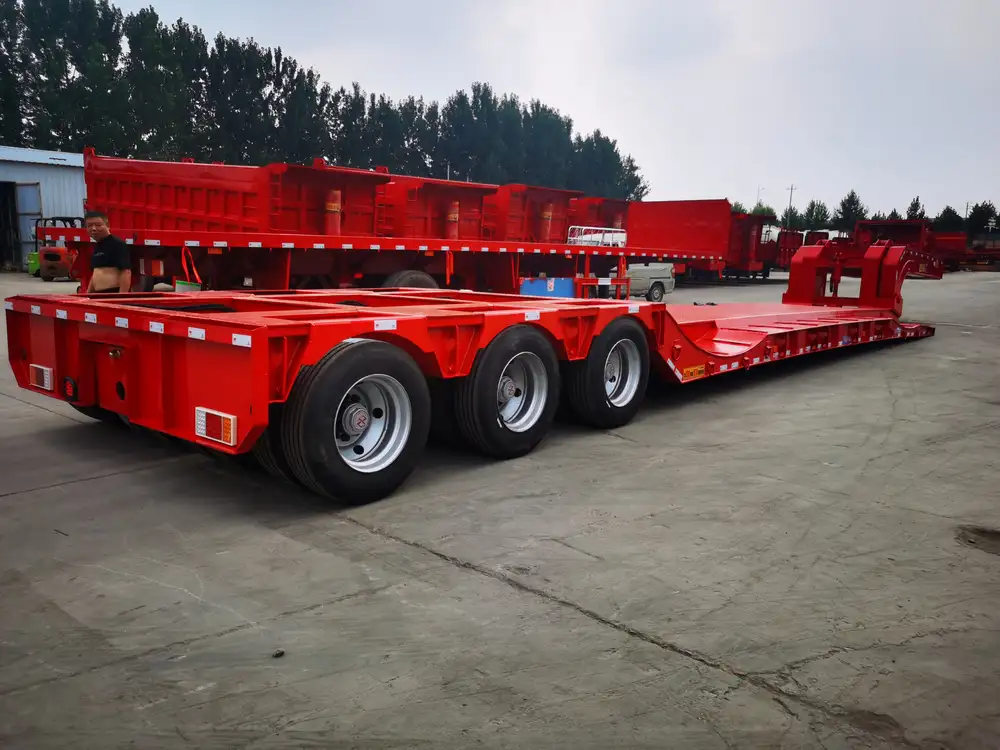Sanitizing your trailer water tank is a crucial maintenance task that ensures the quality and safety of the water you consume while on the road. Water tanks can harbor bacteria, algae, and other contaminants that can compromise your health. In this guide, we will provide you with a systematic approach to effectively sanitize your trailer water tank, ensuring a safe and refreshing supply of water wherever your travels may take you.
Understanding Your Water Tank System
Before diving into the sanitization process, it is essential to familiarize ourselves with the components of the water tank system:
| Component | Function |
|---|---|
| Freshwater Tank | Stores potable water for consumption. |
| Pump | Pressurizes water to supply it to various outlets. |
| Water Lines | Transport water from the tank to faucets and fixtures. |
| Faucets/Outlets | Points of water access for consumption and use. |
| Drain Valve | Facilitates the emptying of the tank for cleaning. |
Knowing how each component functions will help streamline the sanitization process.
Why Regular Sanitization is Essential
Regular sanitization of your trailer water tank helps to:
- Eliminate Harmful Microorganisms: Pathogens can proliferate rapidly in stagnant water.
- Prevent Algal Growth: Excessive nutrients can lead to harmful algal blooms which are visually unappealing and pose health risks.
- Improve Water Quality: Fresh, clean water tastes better and is healthier to consume.
- Extend Tank Lifespan: Regular maintenance reduces corrosion and other damage.
Adhering to a well-planned sanitization schedule will safeguard your water supply and enhance your overall travel experience.

Step-by-Step Guide to Sanitize Your Trailer Water Tank
Step 1: Gather Necessary Materials
The first step in the sanitization process involves gathering the right materials. Here’s a comprehensive list:
- Chlorine Bleach: Unscented household bleach is ideal. The appropriate concentration is essential—look for a bleach that contains 5-9% sodium hypochlorite.
- Measuring Cup: For accurate bleach measurement.
- Clean Water: Fresh water for tank refill and rinsing.
- Bucket: To mix the bleach solution.
- Tubing or Hose: To direct water and bleach effectively.
- Sponges and Cloths: For manual cleaning if necessary.
- Personal Protective Equipment: Gloves and goggles for safety when handling bleach.
Step 2: Empty the Tank
After gathering your materials, you must drain the tank. Here’s how you can proceed:
- Locate the Drain Valve: Positioned at the lowest point of the tank.
- Attach a Hose: Direct the water away from your trailer and into a suitable draining area.
- Open the Valve: Let the tank empty completely.
Important Note: Ensure you do not dispose of any waste water near eco-sensitive areas.

Step 3: Clean the Tank Interior
While the tank is empty, you can clean its interior as follows:
- Prepare Cleaning Solution: Mix a solution of warm water with a few drops of unscented bleach in a bucket.
- Wipe Down Surfaces: Using sponges or cloths, clean the interior walls of the tank thoroughly. Pay attention to the corners and baffles.
- Rinse: Use clean water to rinse out any cleaning solution residue. This prevents any chemicals from mixing with your drinking water.
Step 4: Prepare the Sanitizing Solution
Next, you need to create a sanitizing solution:
- Calculate the Volume of the Tank: Knowing how many gallons your tank holds helps to determine how much bleach you need.
- Mix the Solution: The general recommendation is to use 1/4 cup (about 60 ml) of bleach for every 15 gallons of water.
| Tank Size | Bleach Required |
|---|---|
| 15 Gallons | 1/4 Cup (60 ml) |
| 30 Gallons | 1/2 Cup (120 ml) |
| 45 Gallons | 3/4 Cup (180 ml) |
Ensure that you mix the bleach well with the water before proceeding.
Step 5: Sanitize the Tank
After preparing your sanitizing solution, follow these steps:
- Fill the Tank: Partially fill the tank with clean water.
- Add Sanitizing Solution: Carefully pour the bleach solution into the tank.
- Mix Well: Fill the tank to its maximum capacity with water to ensure proper mixing.
- Turn on the Pump: Activate the pump and let water flow through all faucets and outlets until you notice a bleach odor—this ensures that all parts of the system are sanitized.
- Let Sit: Allow the solution to sit in the tank and plumbing for at least 2-3 hours. For heavy contamination, let it sit for up to 12 hours if possible.

Step 6: Flush the Tank
Once the sitting period is over, it’s time to flush the tank to remove any residual bleach:
- Drain the Tank Again: Use the drain valve to empty it completely into an appropriate area.
- Refill with Fresh Water: Fill the tank with clean, fresh water.
- Run Water through Faucets: Allow the water to flow through all outlets for several minutes.
- Drain Again: Make sure to drain the tank one more time.
- Repeat as Necessary: If bleach odor persists, repeat this flushing process until the smell is gone.
Step 7: Final Inspection
After the flushing is complete, it’s crucial to check:
- No Leaks: Inspect all fittings and hoses for leaks.
- Water Clarity: Ensure the water is crystal clear.
- No Odor: Check that there is no bleach smell remaining.
Frequently Asked Questions

How Often Should I Sanitize My Trailer Water Tank?
It is advisable to sanitize your water tank at least once a season or more frequently if the trailer hasn’t been used for a while or if the water quality seems compromised.
Can I Use Other Sanitizing Agents?
While unscented bleach is the most common and cost-effective method, other options such as vinegar or specific water tank sanitizers are available. Always follow specific manufacturer recommendations if opting for alternatives.
What Are the Signs of Contamination in My Water Tank?
Signs of contamination include:
- Cloudy or discolored water
- Unpleasant odors or tastes
- Presence of algae or sediment in the tank

Is It Safe to Use Bleach in My Water Tank?
When used correctly and in the appropriate concentrations, bleach is safe for sanitizing water tanks. Always ensure proper flushing after the sanitization process.
Conclusion
Sanitizing your trailer water tank is crucial for maintaining water quality and ensuring your health. By following this comprehensive guide, you can effectively sanitize your tank, mitigative contamination risks, and enhance your travel experience wherever your journeys take you. Regular maintenance not only prolongs the lifespan of your water system but also ensures refreshing and safe water to drink. Prepare, execute, and enjoy your travels with confidence!



